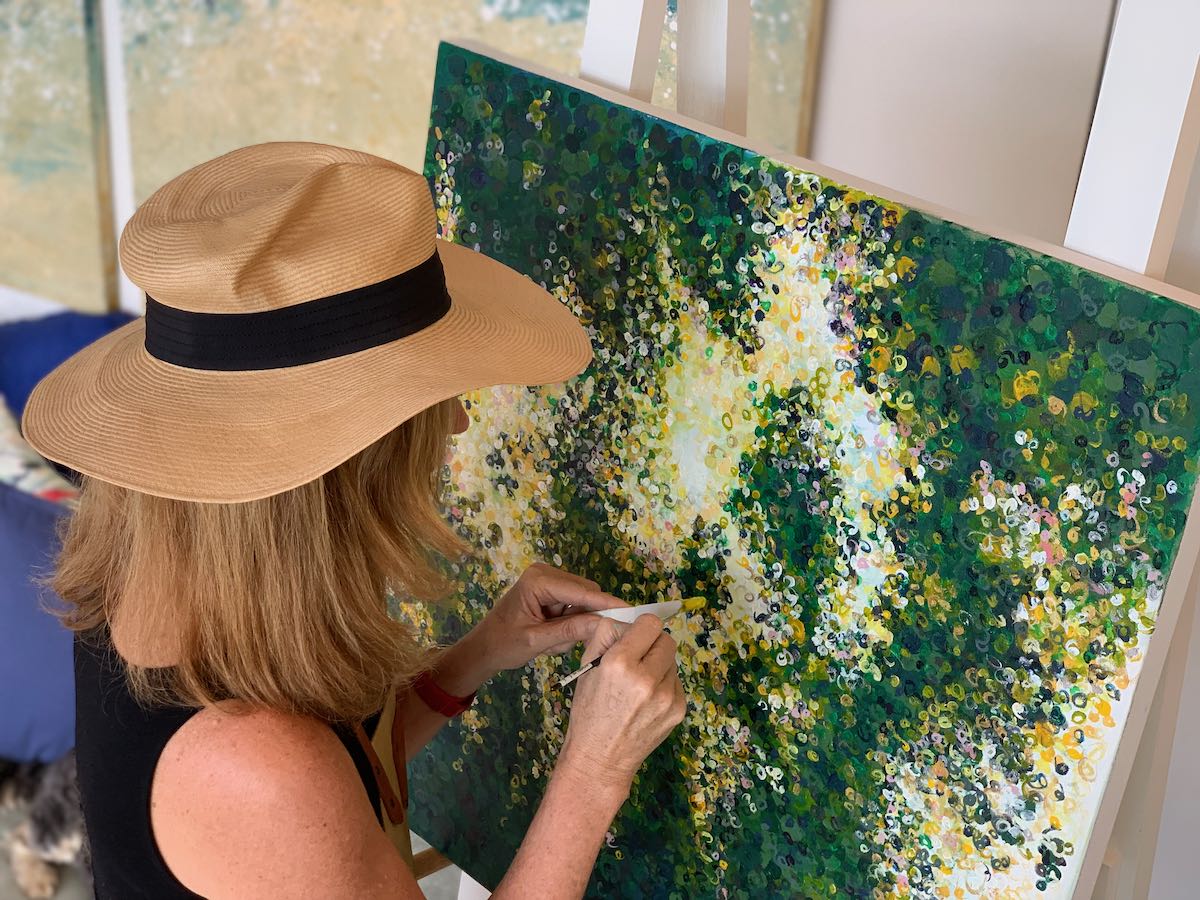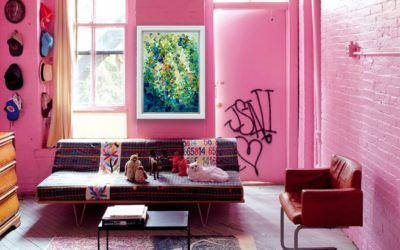What is colour?
What is colour, why is colour and how is colour? As I explore my paints, first with oils and how with acrylics I seek to understand how opposite hues have a way of tricking the eye. Absract art and all that it represents for me there was never a truer expression of colour.
“Light is therefore colour, and shadow the privation of it,”
Joseph Mallord William Turner, artist in 1880s.
Turner has always been one of my favorite artists. As a young child, I’d go to the National Gallery of Victoria and see his vast skies of cloud and the minute variations and details in his colour palette. ‘In The Red Rigi [painted in 1842] the mountain is illuminated by the warm glow of the setting sun. The artist’s atmospheric representation of space and light evokes a sense of tranquillity and contemplative calm.’
It truly inspired me to achieve things with my own paintbrush. Our art class would visit the gallery regularly and I would sit for hours infront of this painting. Whilst there are many more incredible paintings with incredible brush strokes and contrasts. It is the lack of contrast that inspired me.
It has greatly influenced how I paint today. Seeking sligh colour variations which, when looked at as an entire canvas has created an alluring image that the viewer will see what they do. Each viewer may see something completely different.
Colour is fundamental to our perception of the world. But what is it that we’re actually seeing? Essentially, colour is the reflection of light, our understanding of colour is based upon experiments conducted by the physicist Sir Isaac Newton in the 1660s. By directing sunlight through glass prisms, Newton demonstrated that while light comprised of seven visible colours, the visible spectrum or the colours of the rainbow, the visible spectrum is the small band that is perceived by the human eye within the electromagnetic spectrum.
The rod and cone cells in our eyes, retina, are sensitive to the wavelengths of the visible spectrum and allow us to perceive these colours. Objects absorb some wavelengths of the visible spectrum, while other wavelengths are reflected determining the colours that we see. Darker colours absorb light while lighter colours reflect light.
Iridescent is the phenomenon when an object’s physical structure causes light waves to combine with each other, so that the peaks and troughs of the light waves line up to reinforce some wavelengths and length in others, giving colour to the reflected light. This is known as colour interference and may be both human-made and naturally occurring as seen in the pearl essence of a shell.
I love including a metallic paint in my works. It means that from any angle, and in different lights the painting will shimmer, dance and come to life. I use them to reflect the viewer with the notion that a keen eye may be able to see their own reflection in the brush strokes made with a metallic paint. This needs to be seen by the naked eye… it is impossible to reproduce this excitement in the images of may paintings presented digitally.






